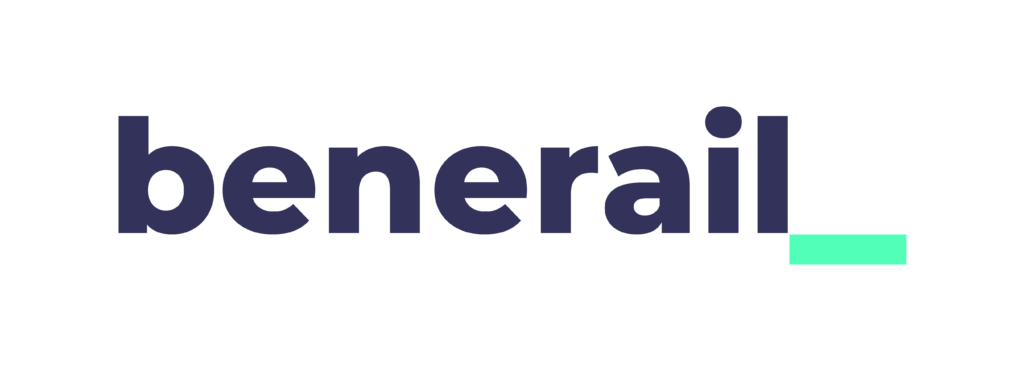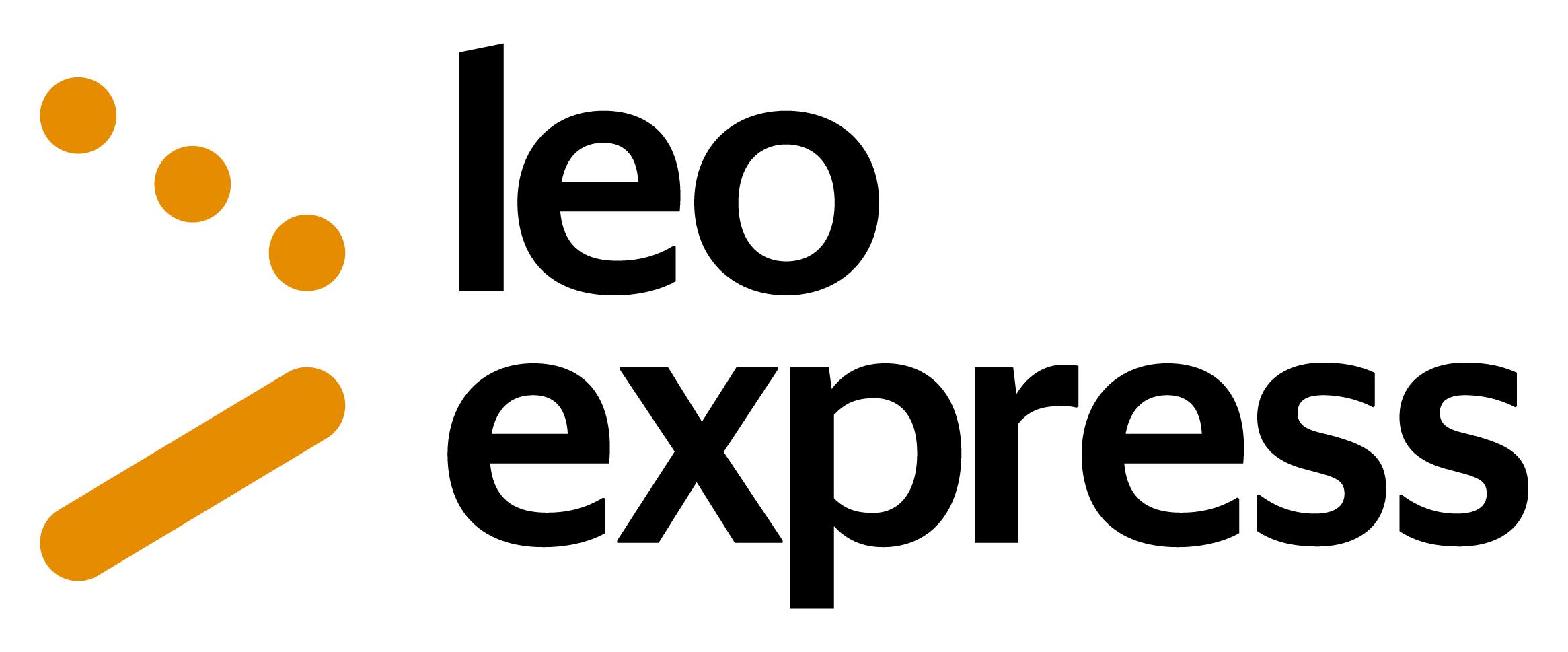
You can buy train tickets directly from the operator or through a reseller. The reseller is typically slightly more expensive (3-5%) but can provide an easier booking experience, especially if you travel with more than one operator.


These operators provide a complete journey either as a direct connection or through their partners. Even if a change of trains is involved, it’s all part of a single itinerary managed by the same train company or its partners, offering a smoother and more coordinated travel experience.


Some operators don’t run direct trains the whole way, but they serve either the departure or arrival station. In many cases, you can combine two of these operators to complete your journey by changing trains along the way. This is often a flexible and budget-friendly way to travel — especially if you’re comfortable piecing together your own itinerary.
Just keep in mind that these are separate journeys, which means a delay on the first leg could cause you to miss the second without automatic compensation or rebooking. It’s a great option for confident travelers who don’t mind a bit of extra planning.




Deutsche Bahn is the main railway operator for travel between Copenhagen and Berlin, offering a generally reliable and comfortable service. Deutsche Bahn operates a variety of train types, including high-speed InterCity Express (ICE) trains, InterCity (IC) trains, and EuroCity (EC) trains. ICE trains are known for their speed and comfort, featuring amenities such as spacious seating, free Wi-Fi, and an onboard restaurant or bistro car offering a selection of meals and snacks. IC and EC trains also provide good levels of comfort and may include similar services, though the availability of Wi-Fi and dining options can vary.
Customer support with Deutsche Bahn is comprehensive, with assistance available at major stations, through their website, and via their customer service hotline. Passengers can expect detailed travel information, the option to make reservations, and support for any travel-related inquiries or issues.
On the other hand, FlixBus is primarily known for long-distance bus services but has expanded into the rail market with FlixTrain in certain regions. While FlixTrain operates in Germany, connecting cities like Berlin, it does not currently offer direct services from Copenhagen to Berlin. FlixTrain aims to provide affordable rail travel with basic amenities like comfortable seating, power outlets, and free Wi-Fi on board. However, the level of service is generally more budget-focused compared to Deutsche Bahn’s offerings. FlixBus as a company does provide customer support through its app, website, and customer service hotline, and it facilitates easy booking and ticket management via its digital platform.
For travelers journeying from Copenhagen to Berlin, Deutsche Bahn remains the primary rail service provider, ensuring a smooth and efficient travel experience with a focus on passenger comfort and service.
When traveling by train from Copenhagen to Berlin, the Interrail Global Pass is valid for residents of Europe, provided the traveler is not using it for trips solely within their country of residence. The Interrail One Country Pass is not applicable as it only covers travel within one specified country. For non-EU residents, the Eurail Pass, which includes the Eurail Global Pass, is valid for travel between Copenhagen and Berlin.
Berlin has a well-connected and efficient public transportation system. Upon arriving by train, you’ll likely find yourself at one of the major train stations: Hauptbahnhof, Ostbahnhof, or Südkreuz, among others. From here, you have several options to navigate the city. The S-Bahn and U-Bahn are the primary modes of rail-based transport. The S-Bahn serves both central and suburban areas, with lines often intersecting at key transfer points. The U-Bahn focuses on urban travel, with numerous lines covering the city center and extending to outer neighborhoods. Trams are prominent in the eastern parts of the city, offering a scenic and convenient ride through areas not served by the metro. Buses complement these rail services, covering night routes and areas not accessible by train. For door-to-door service, you can use taxis, which are readily available but more expensive than public transport. Ridesharing services such as Uber operate in Berlin, offering a modern alternative with competitive pricing and ease of use through mobile apps. Purchase a Berlin WelcomeCard or other travel passes at train stations for unlimited travel and discounts on attractions, available for different durations to suit your stay. The BVG website and app provide real-time updates and route planning to help you navigate the city’s public transport network efficiently.
Berlin, as a major hub in Germany’s railway network, offers a plethora of efficient and popular rail connections. Domestically, routes to major cities such as Munich, Hamburg, Cologne, and Frankfurt are frequently operated by Deutsche Bahn’s Intercity Express (ICE) trains, providing fast and comfortable travel with frequent departures. The Berlin to Hamburg route is particularly popular, taking around 1.5 to 2 hours on a direct train, making it suitable for day trips.
Internationally, Berlin is well-connected to several European cities. One of the most frequent connections is to Warsaw, Poland, which takes around 5 to 6 hours by EuroCity (EC) trains. The Berlin-Prague route is another sought-after journey, typically taking around 4.5 hours, offering scenic views of the Elbe River along the way. The journey to Vienna, Austria, is also serviced by high-speed Railjets and Nightjet night trains, taking approximately 8 hours during the day, and providing convenient overnight options.
Travelers can also explore further afield with connections to Amsterdam in around 6 to 7 hours and Paris in about 8 hours when using Thalys or ICE/Intercity routes with a transfer in Cologne. These connections ensure Berlin remains an accessible gateway for diverse rail travel experiences across Europe.
The best months to visit Berlin are typically May, June, September, and October. During these spring and early autumn periods, the weather is pleasantly mild and comfortable, making it ideal for exploring the city on foot or by bicycle. The summer tourist crowds haven’t peaked yet in May and early June, while September and October offer beautiful fall foliage with fewer tourists compared to the peak summer months. Price fluctuations are more favorable during these shoulder seasons, with accommodation and travel costs generally more affordable than in high summer. Visiting in May and June allows you to enjoy outdoor activities and festivals like Karneval der Kulturen, while autumn has various cultural events such as Berlin Art Week and the Festival of Lights. Arriving by train during these months ensures a picturesque journey as landscapes bloom or change color, enhancing your overall travel experience.
When traveling from Copenhagen to Berlin by train, it’s essential to pack a valid passport or national ID card for necessary border checks. Bring your train tickets, either printed or accessible on your smartphone. Pack a European power adapter to accommodate the different plug type used in Germany. Include comfortable travel clothing and shoes for both the train ride and exploring Berlin. A portable charger is useful to keep your devices powered throughout the journey. Bring a reusable water bottle to stay hydrated, along with snacks for the train ride. Consider packing a compact umbrella or raincoat, as Berlin weather can be unpredictable. Carry a city map or have a navigation app handy for exploring Berlin’s landmarks. A small first aid kit and any necessary medications are also prudent to bring along. Lastly, ensure your accommodation details and emergency contact numbers are easily accessible.